Menu
There are over 4,000 acres of grapevines in the Petaluma Gap AVA. Seventy-five percent of the grapes grown here are Pinot Noir, with the remaining almost evenly split between Chardonnay and Syrah. There are a few vineyards that grow other varieties including Albariño, Riesling, Viognier, Grenache, Merlot, Cabernet Franc, and Cabernet Sauvignon.

